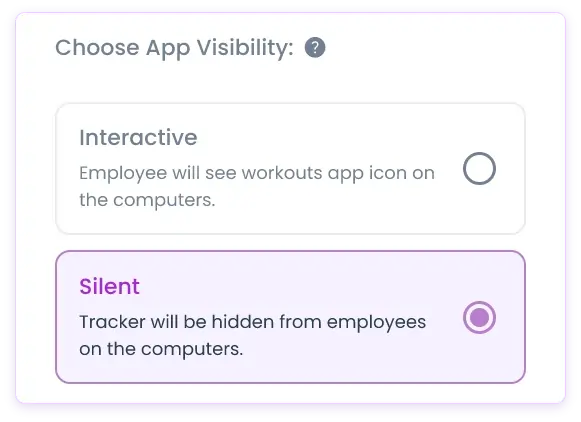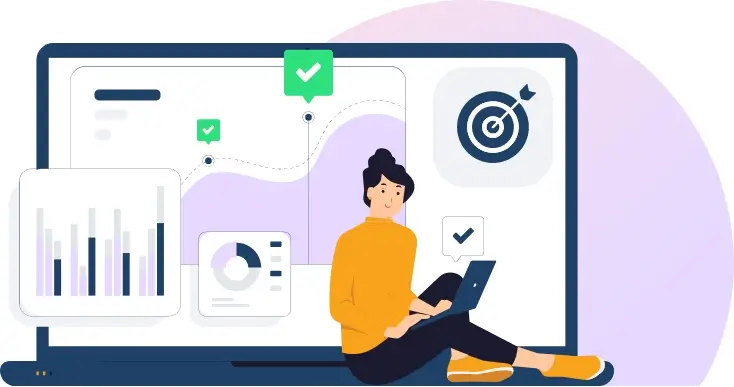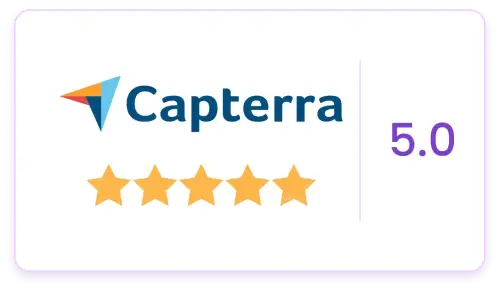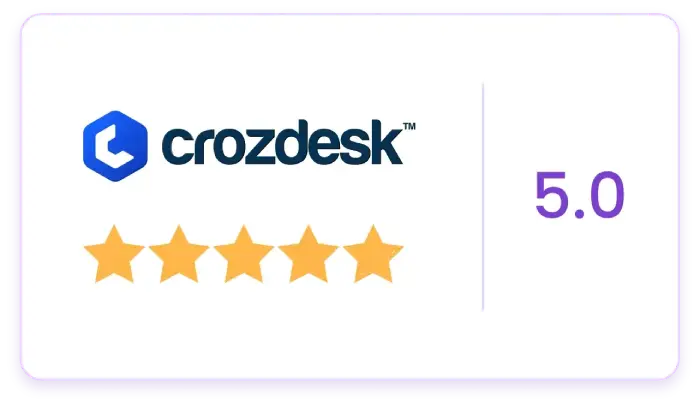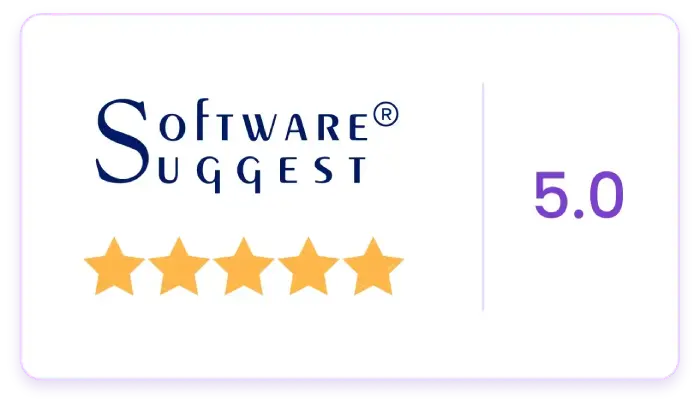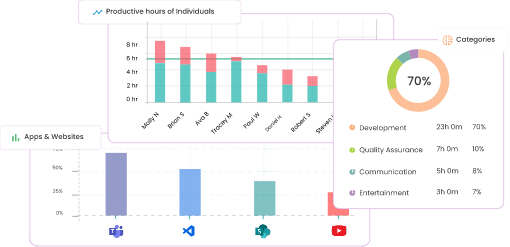Introduction to Geo-fencing
Geo-fencing is a location-based technology that involves setting up virtual
perimeters or boundaries around a specific geographical area. These boundaries can be as large as a city
or as small as a single building. The primary objective of geo-fencing is to trigger specific actions or
notifications when a device, typically a smartphone, enters or exits the defined area. This technology
leverages the global positioning system (GPS) or radio frequency identification (RFID) to accurately
determine the device's location.
How Geofencing Works
Geo-fencing relies on a combination of hardware and software components. The
hardware includes GPS-enabled devices, such as smartphones or wearable devices, while the software
encompasses applications or platforms that enable the creation and management of virtual boundaries.
When a device enters or exits the designated area, it sends signals to the software, triggering
pre-defined actions or notifications.
Applications of Geo-fencinge
-
Retail and Marketing
Geo-fencing has revolutionized the retail industry by allowing businesses
to send personalized offers and promotions to customers near a physical store. Retailers can entice
potential buyers with exclusive discounts or information about ongoing sales, thus increasing foot
traffic and sales conversion rates.
-
Fleet Management
Fleet managers utilize geo-fencing to monitor vehicle movement and
optimize routes. Notifications can be set up to alert managers when a vehicle deviates from its
assigned way or enters restricted zones. This not only improves efficiency but also enhances the
security of valuable assets.
-
Safety and Security
Geo-fencing plays a pivotal role in enhancing safety and security.
Parents can receive alerts when their child arrives or leaves school, and businesses can ensure that
employees are safe by monitoring their movements during work hours.
Geo-fencing for Time Management
Employee Tracking and Productivity
Businesses can track employee movements during working hours to ensure they
are on-site and engaged in productive activities. Geo-fencing can help prevent time theft and improve
overall workforce efficiency.
Task Scheduling and Reminders
Geo-fencing can be integrated into task management applications to send
reminders or notifications based on the user's location. For instance, individuals can receive reminders
to pick up groceries near a supermarket.
Location-Based Automation
Smart homes and offices can use geo-fencing to automate various tasks.
Lights, thermostats, and other devices can adjust settings based on the user's proximity, enhancing
convenience and energy efficiency.
Advantages of Geo-fencing
Precision and Customization
Geo-fencing offers high precision in targeting specific locations, enabling
businesses to deliver personalized experiences to their customers. This customization enhances
engagement and drives better results.
Enhanced Security
For personal and business use, geo-fencing provides an extra layer of
security by notifying users of any unusual activities or breaches of designated areas.
Data-Driven Insights
The data collected through geo-fencing can offer valuable insights into
customer behaviour, helping businesses refine their strategies and make informed decisions.
Implementing Geo-fencing: Best Practices
Defining Virtual Boundaries
Precise and accurate delineation of virtual boundaries is essential to ensure
the technology functions as intended. Properly defining these boundaries minimizes false triggers and
enhances the user experience.
Choosing the Right Technology
Businesses must select the appropriate geo-fencing technology that aligns
with their goals and requirements. Factors such as battery consumption, accuracy, and compatibility play
a vital role in this decision.
Respecting Privacy
While geo-fencing can provide numerous benefits, it is crucial to respect
user privacy. Obtaining explicit consent and providing opt-out options are essential practices.
Pros and Cons of Geofencing for Time Champ
Pros:
-
Enhanced Efficiency:
Geofencing technology enables Time Champ to manage and track employee
attendance and work hours efficiently. With automatic clock-ins and clock-outs based on location,
administrative tasks are streamlined, allowing managers to focus on more strategic aspects of their
role.
-
Accurate Time Tracking:
Geofencing ensures precise recording of employee work hours. It
eliminates manual errors and prevents time theft or fraudulent entries, providing a transparent and
trustworthy attendance record./p>
-
Real-time Monitoring:
Geofencing offers real-time visibility into employees' locations and
activities. This enables managers to monitor remote workers' productivity and ensure they are
engaged in their assigned tasks, contributing to better accountability.
-
Geographically Flexible:
For organisations with remote or field workers, geofencing adapts
seamlessly to various work environments. Whether employees are on-site, travelling, or working from
different locations, Time Champ can effectively track their time, ensuring accurate compensation.
-
Automated Reminders:
Geofencing can trigger computerised reminders to employees to clock in or
out when they enter or leave a predefined location. This reduces the likelihood of forgetfulness and
minimises discrepancies in time records.
Cons:
-
Privacy Concerns:
Geofencing raises privacy concerns by tracking individuals' locations.
Some employees may feel uncomfortable with the idea of their movements being constantly monitored,
leading to potential tension and resistance.
-
Technical Challenges:
Geofencing relies on GPS and location services, which can be affected by
poor signal strength or technical glitches. Inaccurate location data could lead to incorrect time
records and disputes.
-
Battery Drain:
Geofencing requires constant communication with GPS satellites, which can
consume significant battery power on employees' devices. This could lead to frustration if employees
need to charge their devices more frequently.
-
False Alarms:
Geofencing can sometimes trigger false alarms or inaccurate
clock-ins/outs due to GPS signal drift, overlapping zones, or glitches in the system. This can lead
to confusion and necessitate manual corrections.
-
Implementation Costs:
Setting up a geofencing system for Time Champ involves costs related to
software development, hardware (if devices are provided to employees), and ongoing maintenance.
Small businesses or those with tight budgets may find these expenses challenging.
-
Circumvention Potential:
While geofencing aims to prevent time fraud, tech-savvy employees might
find ways to circumvent the system, such as using virtual private networks (VPNs) or other
location-spoofing methods.
Overcoming Challenges and Concerns
-
Privacy Considerations
Users are rightfully concerned about their privacy when it comes to
location tracking. Striking the right balance between functionality and privacy protection is
paramount
-
Technical Glitches
Like any technology, geo-fencing systems can experience technical
glitches.
Preparing to address and resolve such issues is essential to maintain a seamless user experience.
-
Integration Complexities
Integrating geo-fencing with existing systems or applications can be
complex. Thorough testing and professional assistance can mitigate integration challenges.
-
Foster a Culture of Communication and Collaboration
Encourage open communication and collaboration among team members. Use
the
software's communication tools to share updates, discuss issues, and provide feedback.
-
Future Trends in Geo-fencing
Geo-fencing is likely to become even more sophisticated as technology
continues to evolve. Integrating artificial intelligence, augmented reality, and advanced analytics
could open up new possibilities for businesses and individuals alike.
Final Thought
Geo-fencing has emerged as a game-changing technology that offers various
benefits across various sectors. The applications are vast, from enhancing time management to improving
security and personalizing experiences. By adopting geofencing and staying attuned to best practices,
businesses and individuals can unlock new efficiency, productivity, and convenience levels.













